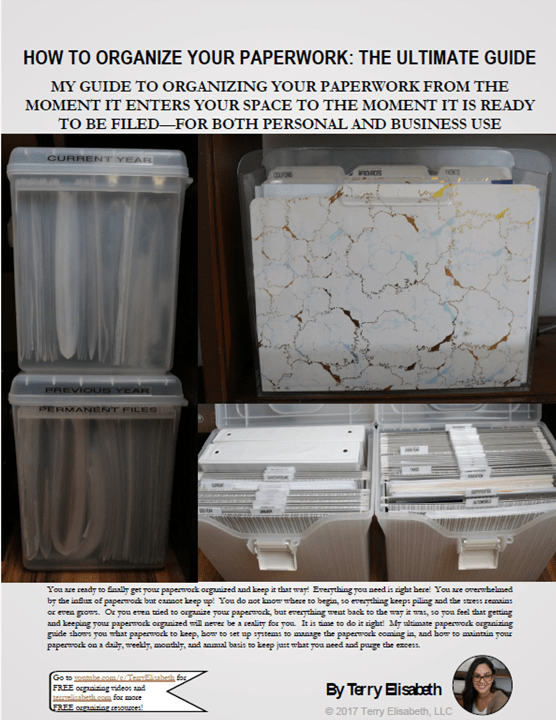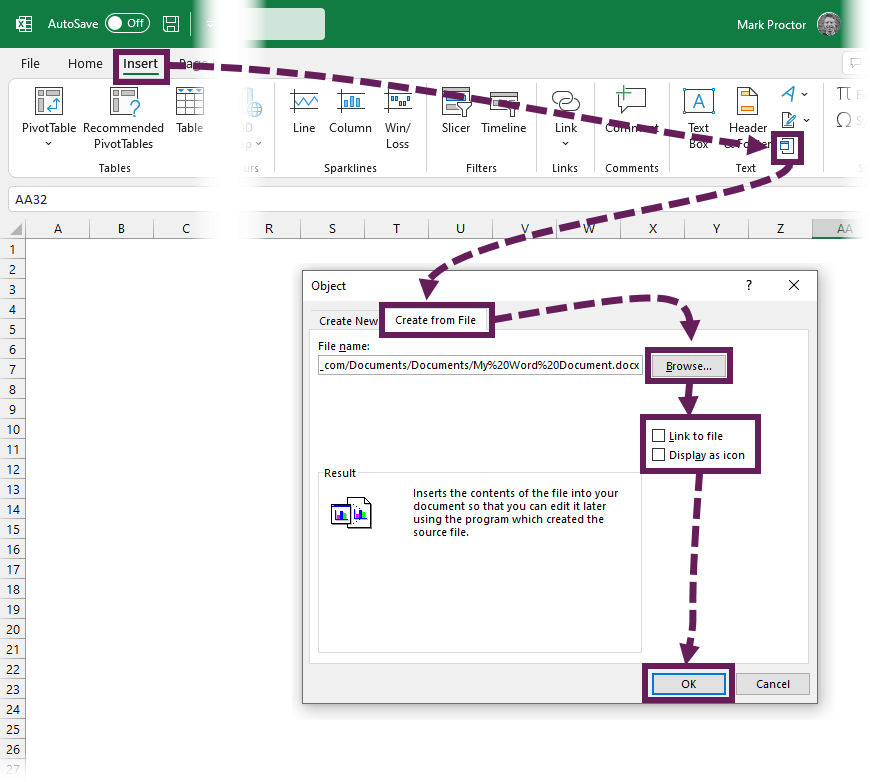Understanding Incessant: Filling Out Paperwork Made Simple

The process of dealing with paperwork, especially in governmental or organizational contexts, often comes across as daunting. Yet, mastering it can not only streamline your interactions with these entities but also save time and reduce frustration. Here, we'll delve into an approach that simplifies understanding and completing incessant paperwork efficiently.
Why Paperwork Exists

Before we dive into the mechanics, it’s essential to understand why paperwork is ubiquitous:
- Accountability: Paperwork provides a record of actions, transactions, or agreements, ensuring accountability among involved parties.
- Legality: Legal frameworks require documentation to enforce laws, protect rights, and regulate conduct.
- Communication: Formal paperwork acts as a standardized method of communication to reduce errors and miscommunication.
- Compliance: For compliance with regulations, especially in industries like healthcare, finance, or education.
Preparing for Paperwork

Having the right mindset and tools is crucial when dealing with paperwork. Here’s how you can prepare:
- Time Allocation: Set aside dedicated time to focus solely on filling out paperwork to avoid rushed mistakes.
- Information Gathering: Collect all necessary documents, personal information, and any required certifications in advance.
- Tools: Have reliable writing instruments, a computer with internet access, and any necessary software like PDF editors or scanners.
📌 Note: Keep your documents organized either physically or digitally to streamline the process.
Understanding Common Forms

Forms can range from simple surveys to complex tax returns. Here’s a look at some common forms you might encounter:
| Form Type | Description | Examples |
|---|---|---|
| Application Forms | Used for requesting something like membership, admission, or employment. | Job applications, school admission forms, membership applications |
| Report Forms | To report information or events, often for compliance or legal reasons. | Accident reports, incident reports, financial statements |
| Legal Contracts | Documents that establish the legal relationship between parties. | Lease agreements, service contracts, terms of service |
| Compliance Forms | Required by various regulations to ensure adherence. | Tax forms, health compliance documents, licensing applications |

Filling Out Forms Effectively

Here are steps to fill out forms without mistakes or unnecessary delays:
- Read Carefully: Understand all instructions and guidelines before you start writing.
- Use Appropriate Language: Be clear and concise, avoiding jargon unless specifically required.
- Accuracy: Double-check all entries for accuracy, especially when filling out numbers or dates.
- Complete All Fields: Ensure you do not miss any required field, even if you think it’s irrelevant. If a field does not apply, indicate this clearly (e.g., N/A).
- Review Before Submission: Always review your work to catch any errors or missing information.
Dealing with Electronic Paperwork

The digital era has introduced electronic paperwork, bringing its own set of challenges and efficiencies:
- Software Familiarity: Learn how to use e-forms and document management systems like DocuSign, Adobe Sign, or others.
- Security: Ensure your digital forms are secure; use encryption and strong passwords.
- File Format Compatibility: Understand the format requirements (.pdf, .docx, etc.) and how to save or convert files as needed.
- Submission Protocols: Know how to properly submit electronic forms, including any e-signatures required.
Streamlining the Process

Here are tips to make paperwork less tedious:
- Create Templates: For recurring documents, have templates to autofill basic information.
- Outsource When Necessary: Consider using professional services for complex forms like taxes or legal documents.
- Stay Organized: Use digital or physical folders to categorize and store documents for easy retrieval.
- Set Reminders: Use calendars or task management apps to remind you of deadlines.
In conclusion, paperwork, while appearing burdensome, can be managed effectively with the right approach. Understanding its necessity, preparing thoroughly, and employing efficient strategies can turn the process from an obstacle into a routine task. By adopting these practices, you can navigate through the sea of paperwork with confidence and ease.
What is the best way to organize my paperwork?

+
The best approach is to categorize your documents. Physically, use folders or binders; digitally, utilize software like Evernote, Google Drive, or dedicated document management systems. Label everything clearly, set up sub-categories if needed, and keep frequently used documents easily accessible.
How do I handle paperwork that comes with deadlines?

+
Set reminders in your calendar app or task manager well ahead of the deadline. Allow yourself enough time for gathering information, filling out forms, and reviewing your work before submission. Consider using tools like Trello or Asana for project management of your paperwork tasks.
Can digital signatures replace traditional ones?

+
In most cases, yes. Digital signatures have the same legal standing as handwritten signatures under laws like ESIGN and UETA in the U.S., provided they meet specific criteria for authentication, integrity, and non-repudiation.



